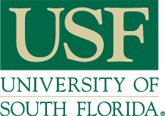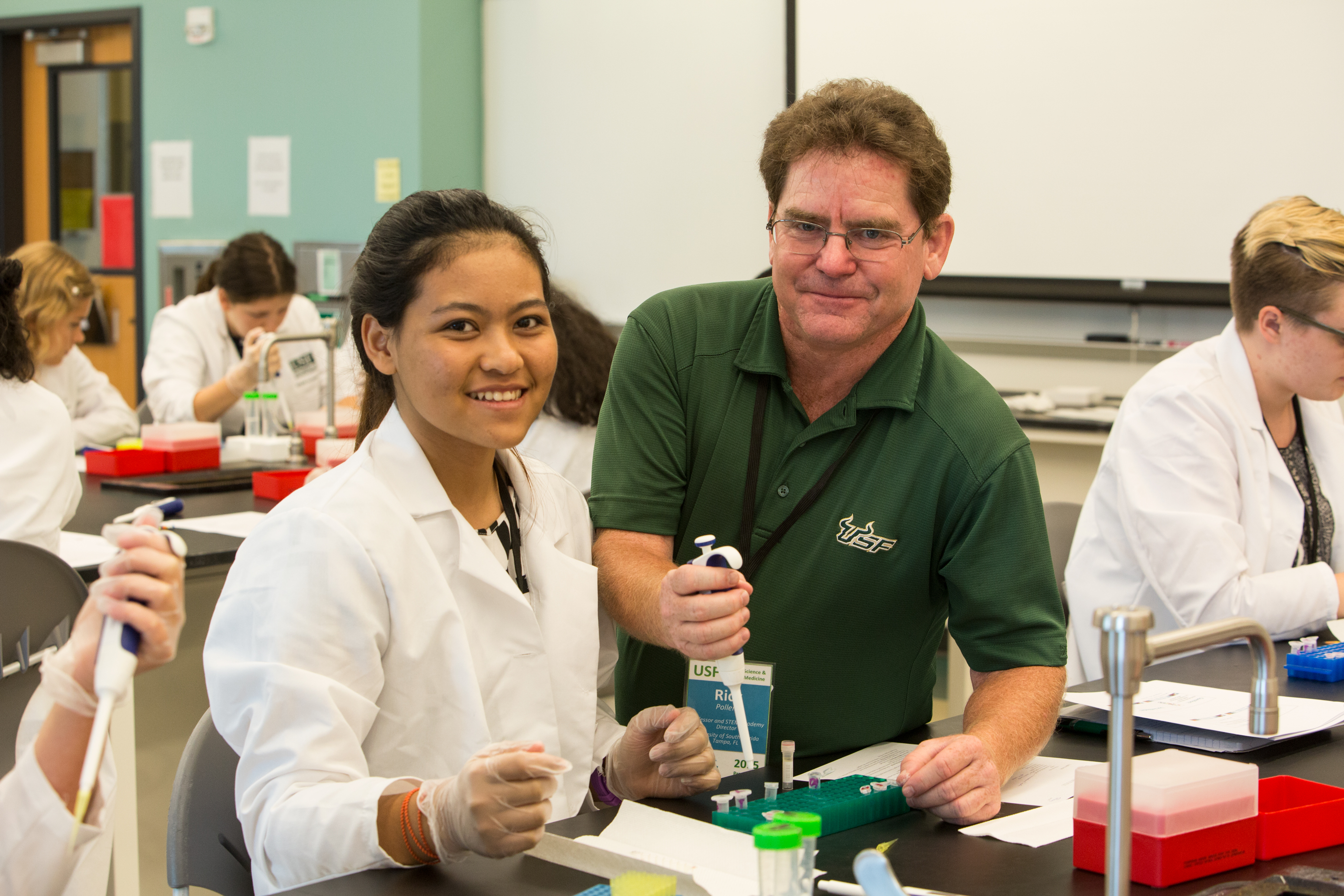Below is a summary of the abstract you submitted. Presenting author(s) is shown in bold.
If any changes need to be made, you can modify the abstract or change the authors.
You can also download a .docx version of this abstract.
If there are any problems, please email Dan at dar78@pitt.edu and he'll take care of them!
This abstract was last modified on March 16, 2021 at 6:55 p.m..

The SEA PHAGES core curriculum provides students a wide range of wet-lab procedures ranging from microbiological: bacterial plating and plaque assays; to genetics: DNA extraction and restriction digestion; to microscopy: preparation of TEM grid and EM analysis. We have developed an additional procedure that adds a proteomic component to the course that can be easily added should faculty have additional time and the proper equipment. The procedure in the use of SDS-polyacrylamide gel electrophoresis (SDS-PAGE) that can be used to visualize the major protein bands from an individual phage lysate. The hypothesis was that phage would show very few major protein bands, and the most intense band would be the major capsid protein. Since the major capsid is highly conserved in clusters and ranges from 30,000-75,000Da, it may be possible to gain insight into the phage clustering based on the size of the most intense band. To generate protein samples, 1ml of > 10e9 PFU/ml HVL was centrifuged at 10,000 x g at 4oC for 45-60 minutes. The supernatant was slowly removed so that ~75ul buffer remained and this was mixed with an equal volume of 2x Laemmli Gel Buffer. The sample was then placed at 95oC for 5 minutes, rigorously vortexed (or sonicated) and then placed back in the 95oC heat block for an additional 5 minutes. Samples can then be stored at -20oC until use. Phage protein samples (40-50ul) are then resolved on a 7%-20% gradient gel along with controls that include: 1) host bacterial lysate and 2) phage buffer extraction of a host bacterial lawn that has been processed just as the HVL. Gels are stained with Coomassie dye for 60 minutes and then destained to reveal the protein bands. The results show that most phage show a single intense band that resolves in the 30,000-75,000Da range. Other less intense bands are also visible. To assess the identity of the strongest bands, each was excised and then evaluated using GC/MS and compared to a major capsid database. We confirmed that the majority of bands matched to major capsid proteins from the database and had similar molecular masses. In several phages that were submitted for sequencing, the subsequent annotation identified a major capsid protein with a molecular mass that matched to the SDS-PAGE results. We do note that in some cases, the major capsid protease fusion proteins do not always present as a larger band on the SDS-PAGE gels and often have a smaller product than predicted from the amino acid sequence. This procedure can be completed in a single 2 hr class session (especially if the phage are centrifuged prior to class) and provides an additional wet-lab procedure that introduces students to the word of protein analysis.

